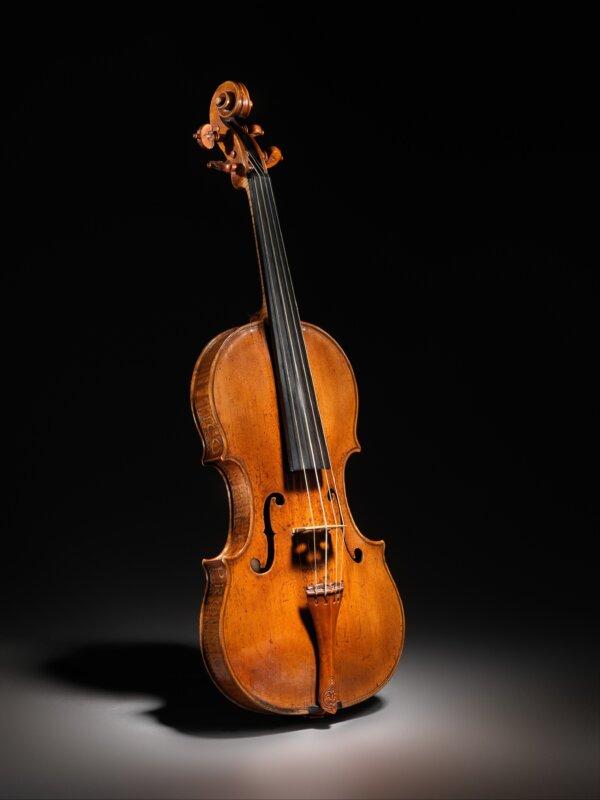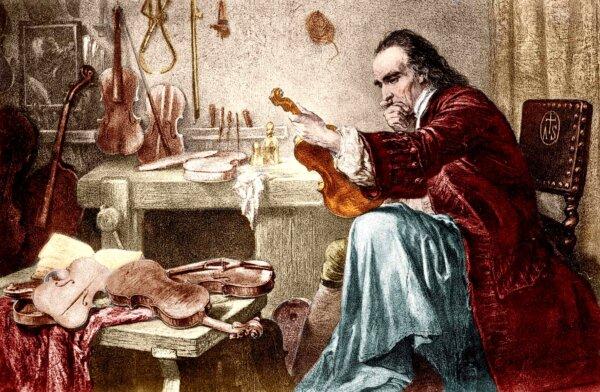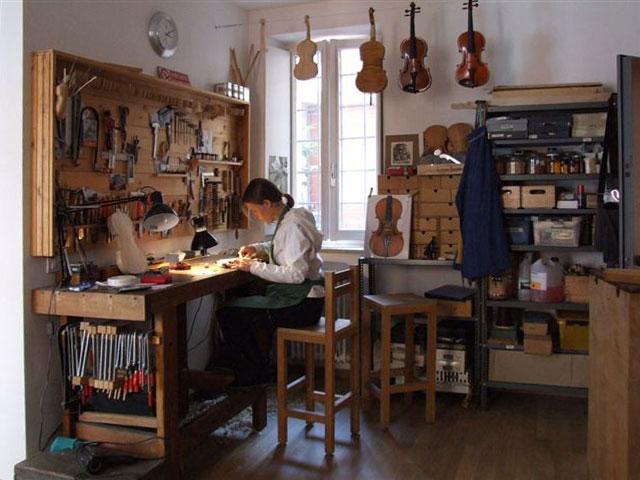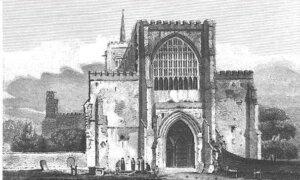Some years ago, I attended a performance of Brahms’s violin concerto with a friend. Reading the program description beforehand, I voiced that the lead violinist was playing a “del Gesù.” My friend, having no idea what that was, continued to eat his sandwich unimpressed, until I explained the instrument was worth millions of dollars.
Labeling something with cash value signals its perceived importance and commands respect. But it does little to clarify the underlying reason and may even suggest the symptom of a passing fad. How did a set of strings mounted on a little wooden box come to have such significance?
The First Violins
Before the rise of the orchestra, instrumentalists organized into smaller groups of string players, producing what is known as “chamber” music. During this time, from the 17th to the mid-18th centuries, the Italians were the major innovators dominating the genre.This produced a demand for string instruments, especially violins. Cremona rose to meet this demand. A town in northern Italy near Milan, it lacks the name recognition of urban centers like Florence and Rome. But it was here that history’s greatest “luthiers,” or makers of string instruments, arose.
A luthier needs to have expert carpentry skills. The high quality wood—maple for backs, spruce or pine for side and front, ebony for fingerboards—have to be sawed, shaped, and scraped to perfection. As composers like Antonio Vivaldi and Arcangelo Corelli gave shape to the sonata and concerto forms, these Cremonese craftsmen designed the first violins to match the resonance of the female singing voice.
Three Great Families
The founder of the Amati family dynasty, Andrea Amati, is credited with creating the first modern violin in the 16th century. His contributions include standardizing it with four strings, carving f-shaped sound holes to enhance vibrations and sound, and adding the scroll at the top as a flourish. After his death, Amati’s sons continued his work.
Nicolò Amati (1596–1684) improved on his grandfather’s original design by elongating and widening the violin slightly in what is now known as the “Grand Pattern.” Even more importantly, he spread the Amati design through teaching a generation of Cremonese luthiers in his workshop. Nicolo’s best pupils went on to outstrip him in fame, founding the Guarneri and Stradivari family workshops.
The most famous luthier of all time is Antonio Stradivari, better known by his Latinized name, Stradivarius. Almost everyone has heard of the “Strad” violin. In a life spanning nearly a century (1644–1737), he built more than 1,100 instruments. Most of these were violins, but they also included cellos, violas, harps, and guitars. About half of them survive today. These early violins had a shorter fingerboard, lower bridge, and neck that angled closer to the body. Stradivari’s instruments are famous for their rich, warm tone. Thousands of luthiers since Stradivari’s time have tried replicating his instruments with varying success, but none have recreated their unique sound.

A Golden Age Ends
Stradivari died in 1737, del Gesù in 1744. Within a few decades of their deaths, war and economic hardship ended the golden age of Cremonese violin-making. Italians started importing cheaper violins from Germany to meet their musical tastes. Stradivari and del Gesù were forgotten until their instruments began to be rediscovered in the 19th century. But, by this time, many had disappeared.China is the biggest maker of violins today. Thirty percent of global supply comes from just one town, Huangqiao, which has been dubbed the “Cremona of the East.” While it exports nearly 1 million violins per year, most of these are cheaper instruments mass-produced on assembly lines by low-skilled workers.
What Makes A Strad Unique?
Experts are always trying to explain exactly how these Cremonese instruments are so superior to all others. A popular theory once suggested that Stradivarius used a “magic” varnish that not only protected the violins from dirt and moisture, but gave them their distinctive tone. A more recent theory, published in 2003, is that the trees Stradivarius drew his wood from had a narrowing ring-pattern unique to the “Little Ice Age” when they grew, and that this narrow-grained wood accounts for the Strad’s superior tone.Many of these theories are either too speculative to prove or have been debunked outright. We now know that Stradivarius’s varnish was the same that furniture makers of his time used, and we will never know whether trees that grew in the Little Ice Age produced wood acoustically superior to that of today.
Recently, scientists have found harder evidence that provides a more convincing explanation. A 2021 article published in a German chemistry journal, Angewandte Chemie, found that Stradavari and del Gesù treated the spruce wood used for their violin soundboards with a special chemical concoction. This mineral stew, which included borax, salt, alum, and quicklime, preserved the wood from worms and possibly improved the acoustics of the instruments. Even the smallest variations in thickness of the wood used can alter its sound, and Cremonese soundboards are extra-thin and light compared to modern violins. The chemical treatment used on the wood helps explain why they are able to withstand string tension without cracking after centuries. It also highlights the importance of local apothecaries who supplied luthiers with their minerals, uncovering a hidden dimension of the town’s craft industry.

Like a dollar label, scientific reasons are ultimately beside the point. No direct material cause will ever enhance the spine tingle one feels when hearing an Amati, Stradivari, or Guarneri played in a concert hall. Though the electric guitar’s popularity has deafened many to the violin’s subtlety, the mystery and wonder of Cremona remain unsurpassed.







